
How Do You Get Bike Grease Out of Clothes? Easy Tips
Bike grease stains can be frustrating, especially when they land on your favorite outfit. The dark, oily residue tends to cling to fabric fibers, making it harder to wash out than everyday dirt. If you’ve ever asked yourself, “how do you get bike grease out of clothes?”, the good news is there are proven ways to tackle it. With the right methods and a few household items, you can lift those stubborn marks and restore your clothes to their original look.
Do Grease Stains Last Forever?
Grease stains, especially from bike chains, can feel impossible to remove, but they don’t have to last forever. The key is treating them as quickly as possible before the oil fully sets into the fabric. Fresh stains are much easier to lift, while older marks may require several cleaning attempts.
Grease bonds with fibers in clothes, which is why regular washing often isn’t enough. If you throw a grease-stained shirt into the laundry without pre-treating it, chances are the stain will still be there after the cycle. However, with the right products—like dish soap, baking soda, or stain removers—you can break down the oils and give your clothes a second chance.
In short, grease stains are not permanent if you act fast and use the proper cleaning techniques. Even set-in stains can often be faded or completely removed with patience and repeated treatment.
Simple Methods to Remove Grease Stains
Getting bike grease on your clothes might feel like the end of the world, but it doesn’t have to be. With the right approach and a few everyday products, you can lift stains and make your clothes look good as new. The most important rule is speed: the faster you treat the grease, the easier it will come out. Always check your garment’s care label first to avoid damaging delicate fabrics, and test any method on a hidden spot before applying it to the stain directly.
Removing Grease Stains with Dish Soap
Best for: fresh grease stains on cotton or polyester fabrics
Apply a small drop of dish soap directly to the stain and gently rub it in with your fingers or a soft brush. Dishwashing liquid works well because it’s formulated to cut through oil and grease on kitchenware, making it equally effective on fabrics. Rinse with cold water, pushing the grease out from the back of the fabric. Then wash the clothing as usual and air dry. If the stain is older, sprinkle a little cornflour or talc first to absorb excess oil before treating with dish soap.
Using Laundry Detergent for Grease Stains
Best for: fresh or dried stains on everyday wear
Rub a small amount of liquid laundry detergent into the mark and let it sit for about 10–15 minutes. This helps break down oils lodged in the fabric. After soaking, rinse with cool water and wash the garment according to its care instructions. Avoid hot water or dryers until the stain is gone, as heat can make the grease permanent.
Absorbing Grease with Baking Soda or Talcum Powder
Best for: delicate fabrics like silk, wool, or anything you can’t scrub
Sprinkle baking soda, talcum powder, or even cornstarch over the stain and leave it to sit for several hours, ideally overnight. The powder will pull the grease out of the fibers without the need for harsh scrubbing. Brush off the residue the next day, then hand wash the item with a mild detergent suited for delicate fabrics. If the stain persists, a professional dry cleaner may be the safest option.
With these methods, grease stains don’t have to ruin your clothes. Whether it’s a quick dish soap trick for everyday wear or a gentle powder treatment for delicates, you can remove stains effectively and keep your outfits looking fresh.
Removing Grease from Different Fabrics (Cotton, Denim, Synthetics, etc.)
Not all fabrics react to grease stains the same way. What works on a cotton t-shirt may not be safe for delicate wool or effective on rugged denim. That’s why it’s important to choose the right cleaning method for each type of fabric. Below are some simple, fabric-specific tips to help you get bike grease out without damaging your clothes.
How to Get Grease Stains Out of Cotton
Cotton is absorbent, which means grease can seep deep into the fibers. Luckily, it’s also durable enough to handle scrubbing and stronger detergents.
Steps:
-
Blot away any extra grease with a clean paper towel or cloth.
-
Rub liquid dish soap or a stain remover directly into the mark. Use an old toothbrush to gently work it in.
-
Rinse under cold water, pushing the grease out from the back of the fabric.
-
Wash the item in the warmest water allowed on the care label, then let it air dry.
Tip: Never put cotton in the dryer until the stain is fully gone, as heat can lock in grease permanently.
How to Remove Grease from Denim
Denim is thick and tough, so stains can cling to the surface but are easier to lift with the right method.
Steps:
-
Place a paper towel under the stained area to absorb excess grease.
-
Sprinkle baking soda or cornstarch onto the stain and let it sit for 15–30 minutes to absorb oils.
-
Brush off the powder, then apply dish soap or liquid laundry detergent.
-
Scrub gently, rinse with cold water, and wash as usual.
Tip: Repeat the process if needed, since denim’s thickness sometimes hides leftover grease.
How to Treat Grease on Synthetic Fabrics (Polyester, Nylon, etc.)
Synthetics like polyester and nylon can trap grease because of their smooth fibers, but they generally clean well with liquid detergents.
Steps:
-
Scrape off any extra grease using a blunt edge, like the back of a spoon.
-
Rub a small amount of liquid laundry detergent or dish soap into the stain.
-
Let it sit for 10–15 minutes, then rinse thoroughly with cool water.
-
Machine wash on a gentle cycle, following the care label, and line dry.
Tip: Avoid hot water, as it can cause grease to bond more tightly to synthetic fabrics.
How to Handle Grease Stains on Delicate Fabrics (Silk, Wool, etc.)
Delicate fabrics need extra care to prevent damage. Aggressive scrubbing can ruin the fibers, so stick to gentle methods.
Steps:
-
Lay the item flat and sprinkle talcum powder or cornstarch over the grease spot.
-
Leave it overnight to absorb as much oil as possible.
-
Gently brush off the powder, then lightly dab the area with a mild detergent solution.
-
Rinse by hand in cool water, or take it to a professional cleaner if you’re unsure.
Tip: Always check the care label—some delicate pieces may require dry cleaning only.
By matching your stain removal method to the fabric type, you’ll have a much higher chance of saving your clothes. Whether it’s a cotton tee, a pair of jeans, or a delicate blouse, using the right technique ensures both the stain and your garment are handled safely.
Common Mistakes to Avoid When Treating Stains
Even when you know how to get bike grease out of clothes, a few missteps can make the stain harder to remove—or even set it permanently. Avoiding these common mistakes will save you time, effort, and frustration.
1. Using Hot Water Too Soon
Heat causes grease to bond with fabric fibers, making it almost impossible to remove. Always start with cold or lukewarm water until the stain is completely gone.
2. Scrubbing Too Aggressively
It’s tempting to scrub hard, but rough scrubbing can damage delicate fibers or push the grease deeper. Instead, blot gently or use a soft brush in circular motions.
3. Skipping the Pre-Treatment Step
Throwing a grease-stained shirt straight into the washer rarely works. Pre-treating with dish soap, detergent, or baking soda is essential for breaking down oils before washing.
4. Using the Dryer Before the Stain is Gone
Dryer heat can permanently set grease stains. Always air dry first, check the fabric, and repeat treatment if needed before using a dryer or iron.
5. Ignoring Fabric Care Labels
Not all fabrics can handle the same cleaning methods. Wool, silk, and other delicate materials often need special care—or even professional cleaning.
By steering clear of these mistakes, you’ll give yourself the best chance of successfully removing grease stains and keeping your clothes in great condition.
How to Prevent Bike Grease Stains in the Future
While knowing how to remove stains is useful, the best solution is to avoid them altogether. Bike grease is messy, but with a few precautions you can keep your clothes clean and save yourself the trouble of stain removal.
1. Wear the Right Gear
Consider using old clothes or dedicated cycling shorts and pants when working on your bike or going for a ride. Dark colors are less likely to show marks, and specialized cycling gear is often made with stain-resistant fabrics.
2. Use Leg Bands or Tuck In Clothing
Loose pant legs are one of the most common causes of grease stains, as they can brush against the chain. Use reflective leg bands, clips, or simply roll and tuck in your pants to keep them clear of oily parts.
3. Keep Your Bike Well-Maintained
A clean, well-lubricated chain is less likely to transfer grease. Regularly wipe down excess oil and avoid over-lubricating, which reduces splatter and accidental contact.
4. Handle Your Bike Carefully
Be mindful when lifting, carrying, or parking your bike. Avoid grabbing it by the chain, gears, or greasy areas. Small habits like holding the frame instead can go a long way.
5. Use Protective Covers
If you often transport your bike in a car or store it indoors, consider using chain covers or guards. They help contain grease and prevent stains on clothes, car seats, or walls.
By taking these simple steps, you’ll reduce the chances of grease stains and keep your rides (and your wardrobe) stress-free.
Don’t Have an Electric Bike yet? Check out iHoverboard:
|
Spec |
||||
| Image |  |
 |
 |
 |
|
Motor |
500W |
350W (Peak 500W) |
500W (Rated 250W) |
500W (Rated 250W) |
|
Battery |
36V 7.8Ah (281Wh) |
36V 7.8Ah (281Wh) |
36V 10.4Ah (374Wh) |
36V 10.4Ah (378Wh) |
|
Range |
25–40 miles (40–65 km) |
22–28 miles (35–45 km) |
35–55 miles (55–90 km) |
44–60 miles (70–100 km) |
|
Top Speed |
20 mph (32 km/h) |
15.5 mph (25 km/h) |
20 mph (32 km/h) |
22 mph (35 km/h) |
|
Weight |
52 lbs (23.7 kg) |
45 lbs (20.5 kg) |
58 lbs (26.5 kg) |
55 lbs (24.8 kg) |
|
Load Capacity |
264 lbs (120 kg) |
265 lbs (120 kg) |
264 lbs (120 kg) |
330 lbs (150 kg) |
|
Tires |
14×1.95" |
16×2.1" |
16×2.15" |
26×1.95" |
|
Suspension |
Rear Suspension |
Front Suspension |
Front Suspension |
Front Fork Suspension |
|
Brakes |
Dual Disc (Hydraulic) |
Dual Disc |
Dual Disc |
Mechanical Disc |
|
Rider Height |
4’9”–6’1” (150–185 cm) |
5’1”–6’2” (155–188 cm) |
5’3”–6’3” (160–192 cm) |
5’3”–6’5” (160–195 cm) |
|
Notes |
Foldable, intelligent display, adaptive motor |
Step-thru, city-focused |
Foldable, low-step, 3+1 modes |
MTB style, Shimano 7-speed, LCD display |
Conclusion
Bike grease stains don’t have to ruin your favorite clothes. With quick action, the right cleaning methods, and a little patience, you can remove even stubborn marks from cotton, denim, synthetics, and delicate fabrics. Better yet, by taking simple precautions—like wearing the right gear and keeping your bike well-maintained—you can prevent many stains before they happen.
At iHoverboard, we make cycling cleaner, easier, and more enjoyable with our range of high-quality e-bikes. Designed for performance and convenience, our e-bikes let you ride smoothly while reducing the messy issues that come with traditional chains and gears. Whether you’re commuting to work or enjoying weekend rides, an e-bike from iHoverboard helps you focus on the journey—not the stains.










































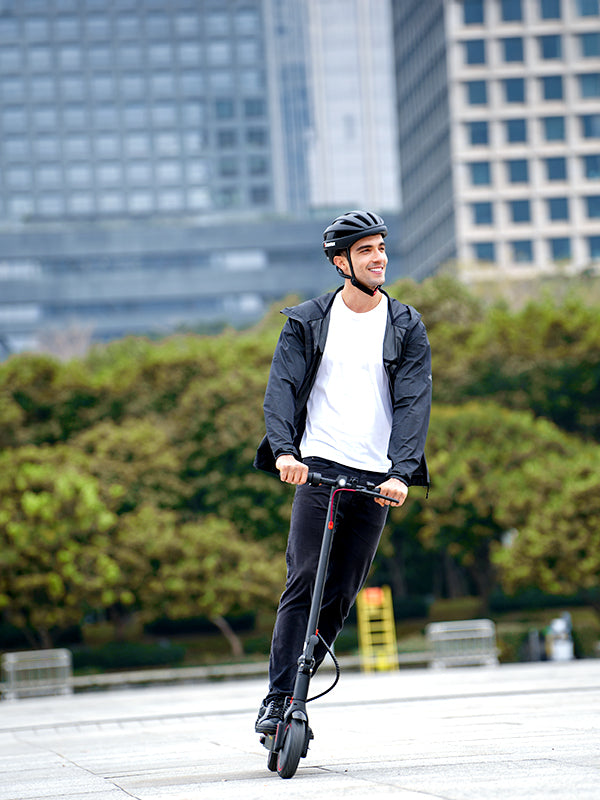




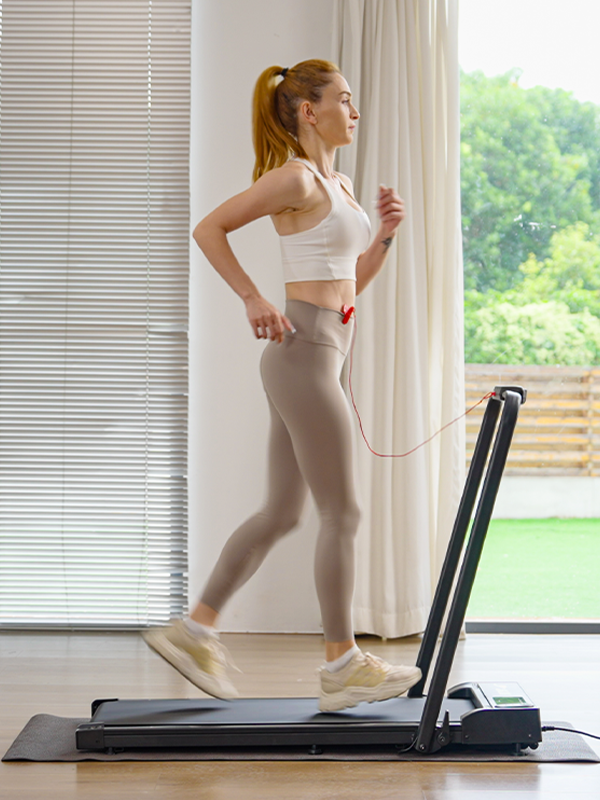






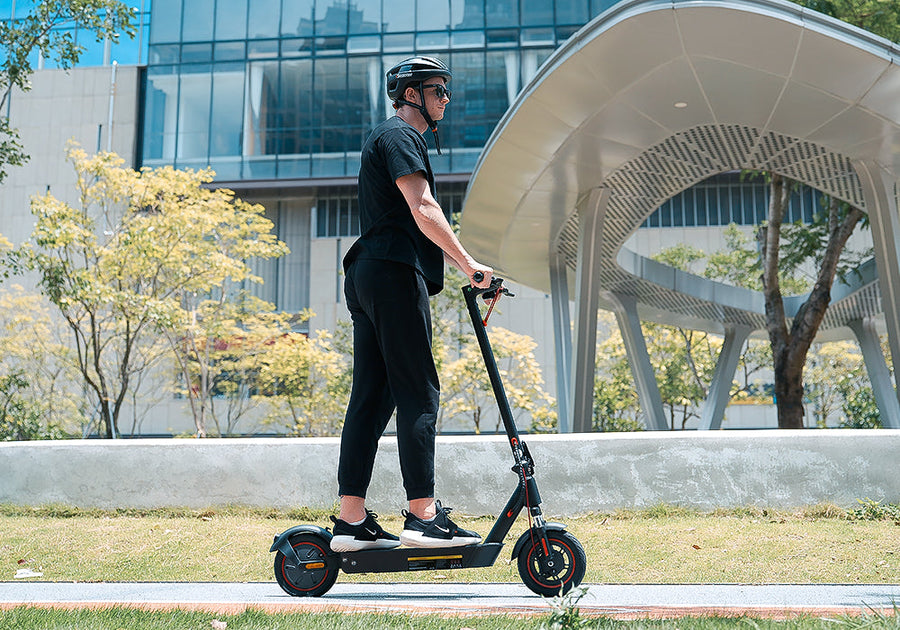

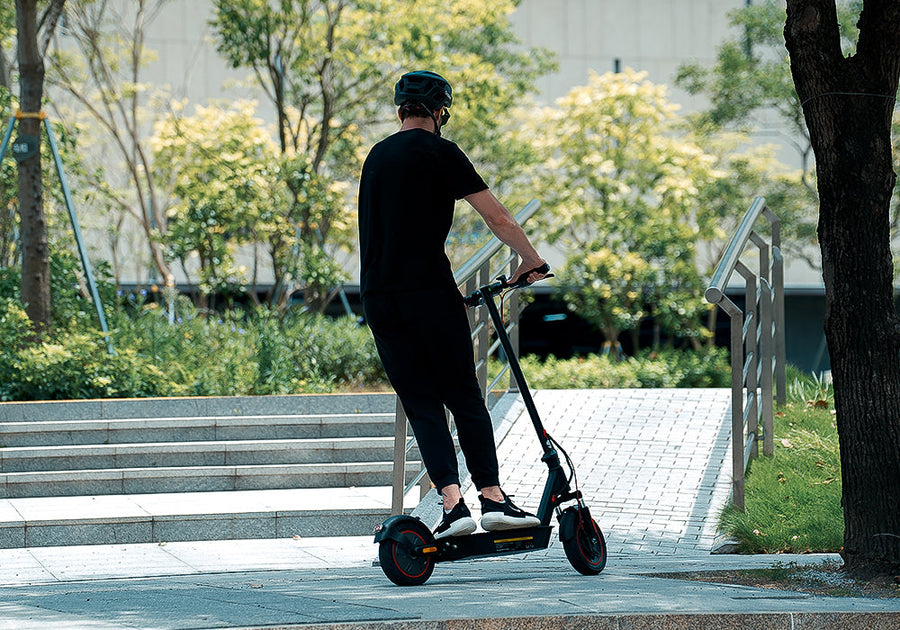


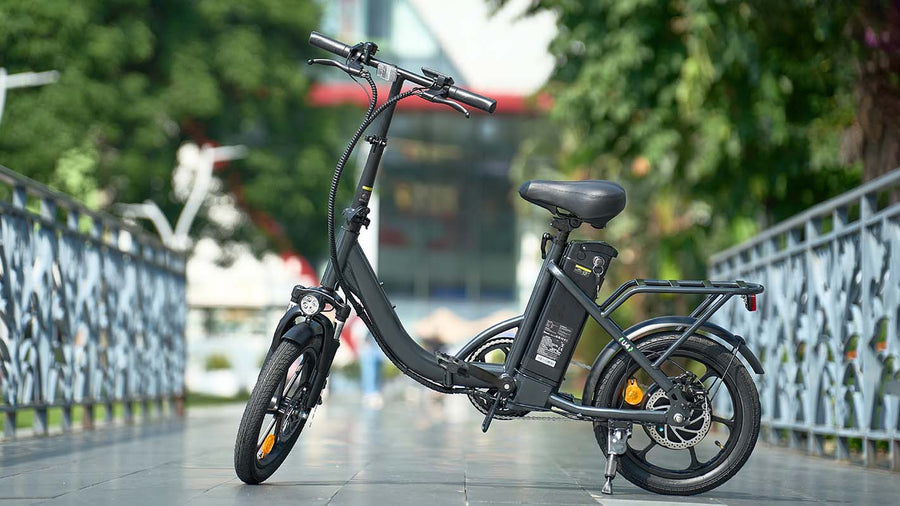









Still, need help? Contact Us: support@ihoverboard.com
What's the option? Check out the option now!
Leave us a message